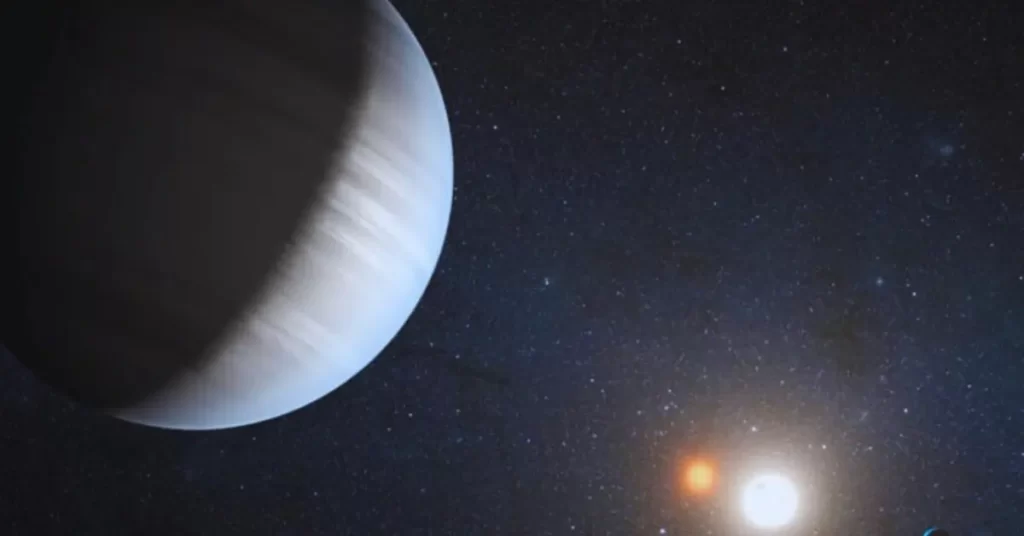In the expansive realm of space exploration, NASA’s Kepler mission has etched an indelible mark in the annals of astronomy. After more than nine years dedicated to the awe-inspiring quest for exoplanets, the Kepler Space Telescope gracefully concluded its mission in 2018. Throughout its operational tenure, Kepler unearthed a treasure trove of discoveries, forever changing our understanding of the cosmos.
Among its remarkable findings are thousands of exoplanets, many of which now bear the celestial signature of Kepler. Yet, it’s not just the exoplanets that captivate scientists; it’s the vast reservoir of data that continues to captivate the imagination of exoplanet researchers.
Within this boundless repository of information, a dedicated team of scientists has delved into the depths of Kepler’s data archives, unearthing remarkable insights about a seven-planet system nestled within the distant reaches of the cosmos.

At the heart of this captivating system shines Kepler 385, a distant star residing approximately 4,670 light-years away. While a few of its planets were confirmed as far back as 2014, others have remained tantalizing candidates, awaiting further scrutiny. In a recent update to the compendium of exoplanet candidates, researchers have not only confirmed the lingering candidates but have also unveiled a trove of fresh, tantalizing details about this extraordinary planetary system.
This groundbreaking study, titled “Updated Catalog of Kepler Planet Candidates: Focus on Accuracy and Orbital Periods,” is led by the accomplished Jack Lissauer, a distinguished research scientist associated with NASA’s esteemed Ames Research Center. This invaluable resource now finds its home within the pages of the prestigious Journal of Planetary Science, promising to expand our knowledge of these far-flung worlds.
Jack Lissauer, the lead author of this remarkable study, shares his enthusiasm, “We’ve painstakingly compiled the most accurate and comprehensive list of Kepler planet candidates to date. The Kepler mission has been the architect of our understanding of exoplanets, and this updated catalog will empower astronomers to delve deeper into the enigmatic realms of these celestial bodies.”
The Kepler 385 planetary system has long been a subject of scientific inquiry, with some of its planets being confirmed as early as 2014, while others lingered as intriguing candidates. However, thanks to advanced methodologies and refined data analysis techniques, a fresh wave of insights and discoveries has washed over this intriguing system.
The newly unveiled catalog serves as a comprehensive compendium of all known Kepler planet candidates that exclusively orbit and transit a solitary star. Among this impressive array of celestial candidates, the Kepler-385 system stands out prominently. This captivating star system boasts a remarkable entourage of seven planets, each nestled in close proximity to their radiant host star, basking in the intense radiance of its scorching embrace. While these seven planets are larger than Earth but smaller than Neptune, it’s their proximity to Kepler 385 that has stirred profound interest within the scientific community.
Source NASA: https://www.nasa.gov/general/scorching-seven-planet-system-revealed-by-new-kepler-exoplanet-list/
Related
